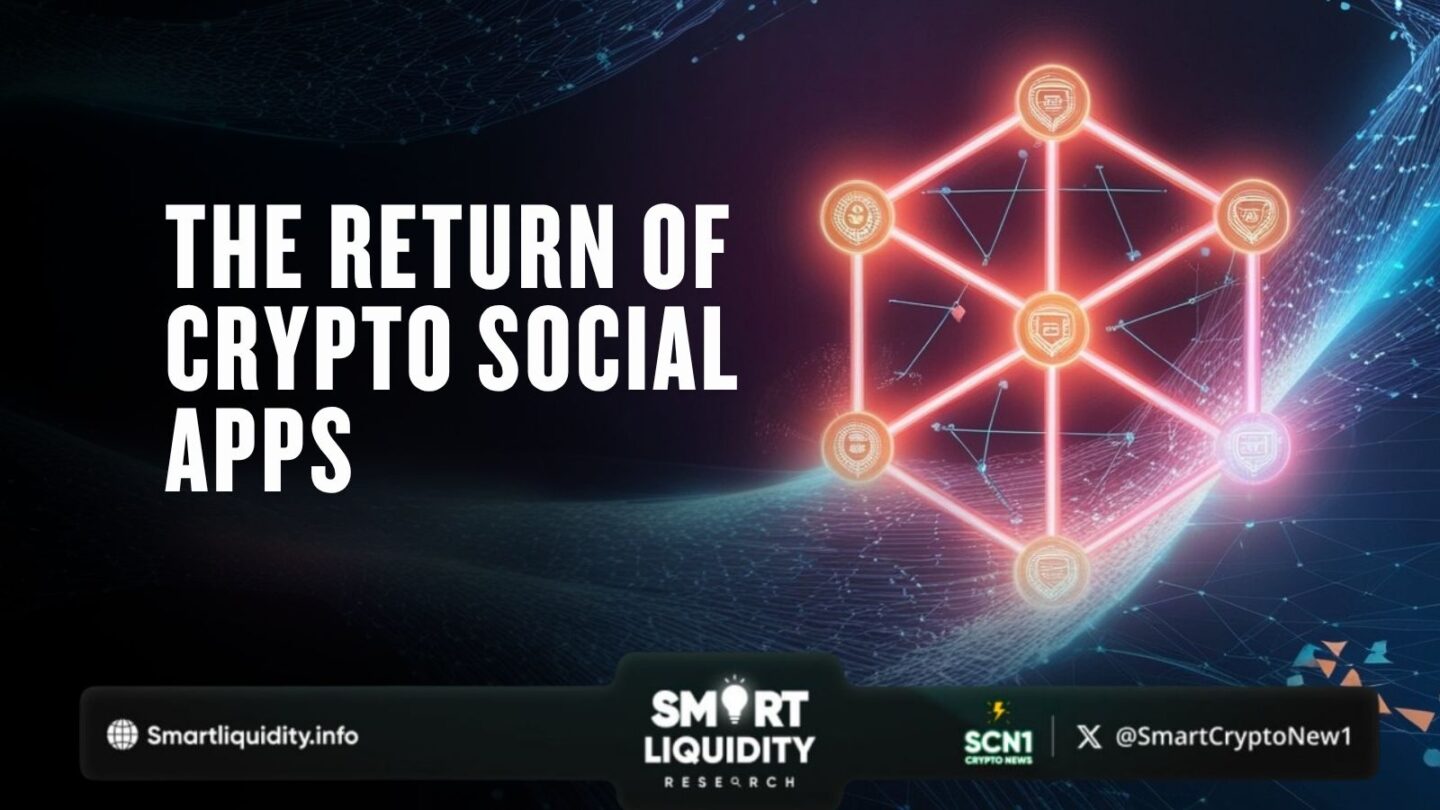The Return of Crypto Social Apps


The Return of Crypto Social Apps
Why On-Chain Social Is Making a Comeback — And What’s Different This Time
Crypto social apps are back — and no, it’s not because everyone suddenly remembered their seed phrase. A new wave of on-chain social platforms is hitting the scene, and unlike the hype-driven experiments of years past, this revival actually has teeth. Real users, real utility, real networks forming, and real builders who clearly learned from the graveyard of “decentralized Twitters” that came before.
So what’s driving the comeback? Let’s dive in.
Why Crypto Social Is Rising Again
The 2020–2022 era gave us a flood of decentralized social projects, most of which were ambitious but half-baked. They taught us two big lessons:
- People care about owning their data — but only if the experience doesn’t feel like using Windows 95.
- Creators want monetization models that aren’t controlled by one algorithm in Silicon Valley.
Flash-forward to today, and the landscape has totally changed.
1. On-Chain Identity Actually Works Now
The rise of smart wallets, ENS, Farcaster Frames, zk-proofs, and portable social graphs means your “Web3 identity” is no longer a meme. You can carry your followers, reputation, and activity from app to app without starting from scratch. Think of it as your social passport — but without the airport drama.
2. Users Want Algorithmic Freedom
People are tired of opaque recommendation engines that yo-yo their reach. On-chain social apps flip the script: you choose your feed algorithm, not the other way around.
3. Creators Finally Get Direct Monetization
Pay-to-mint posts, NFT-based memberships, on-chain tipping, tokenized loyalty programs, and creator-owned feeds — this is the part where Web2 platforms start sweating.
4. The AI Boom Is Fueling On-Chain Social
AI agents can now interact with on-chain social feeds, create content, analyze communities, and even manage engagement. Crypto social + AI is becoming a powerful combo for creators and traders alike.
The Platforms Leading the Comeback
This isn’t just one app riding a hype cycle. It’s a movement driven by a maturing ecosystem.
🎯 Farcaster: The On-Chain Social Graph Everyone’s Integrating
Farcaster is becoming the “GitHub of social.” Frames let apps live inside posts, devs are building like their lives depend on it, and users actually like being there. That says a lot.
📡 Lens Protocol: The Creator-First Social Graph
Lens is pushing modular social features, creator monetization tools, and a thriving app ecosystem — all powered by a graph you own.
🟣 Friend.Tech v2 & the Tokenized Social Meta
Social tokens and share-based communities made a comeback with FTv2’s more sustainable design. Less ponzinomics, more utility — a novel concept, I know.
💬 Newcomers: dApps Built Around Micro-Communities
Emerging projects are experimenting with:
- token-gated microfeeds
- reputation-based groups
- AI-moderated communities,
- creator-led DAOs,
- wallet-activity-based social discovery
It’s like Discord, but without needing 34 channels and 6 bots to say “gm.”
What Makes This Cycle Different
Three things: data portability, composability, and real ownership.
This generation of crypto social apps doesn’t just replicate Web2 — it improves on it.
- Your followers aren’t locked in one app.
- Your posts can be used across multiple frontends.
- Your reputation can be proven without exposing your private info.
- Your social graph is an asset you control.
The shift isn’t “Twitter but decentralized.”
It’s “social as a protocol — not a platform.”
That’s the unlock.
Why This Matters for the Future
Crypto has always been social. Narratives, memecoins, communities, and creators drive culture—not institutions. The return of crypto social apps gives the space:
- censorship-resistant broadcasting layer
- trust-minimized identity
- creator-owned distribution
- AI-native programmability
- real economic incentives
And most importantly: a way for people to build networks without depending on centralized giants.
Final Thoughts
Crypto social’s comeback isn’t a fad — it’s the next logical step in the evolution of the open internet. The tools are better, the incentives actually align, and the users aren’t just speculators… okay, not only speculators.
We’re watching the early stages of a new social stack:
one where identity, expression, and ownership finally live on-chain.
The apps aren’t just returning.
They’re evolving — and this time, they might actually stick.




